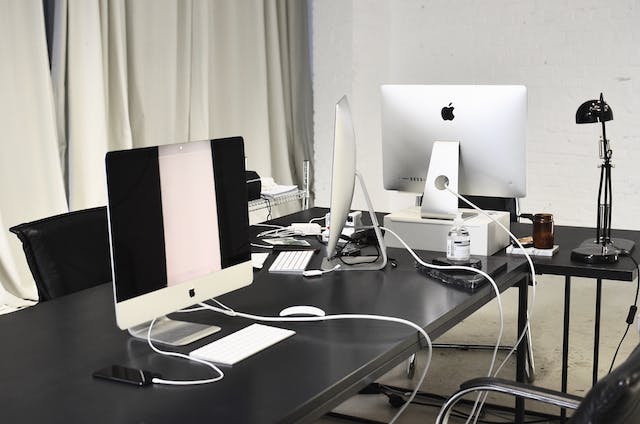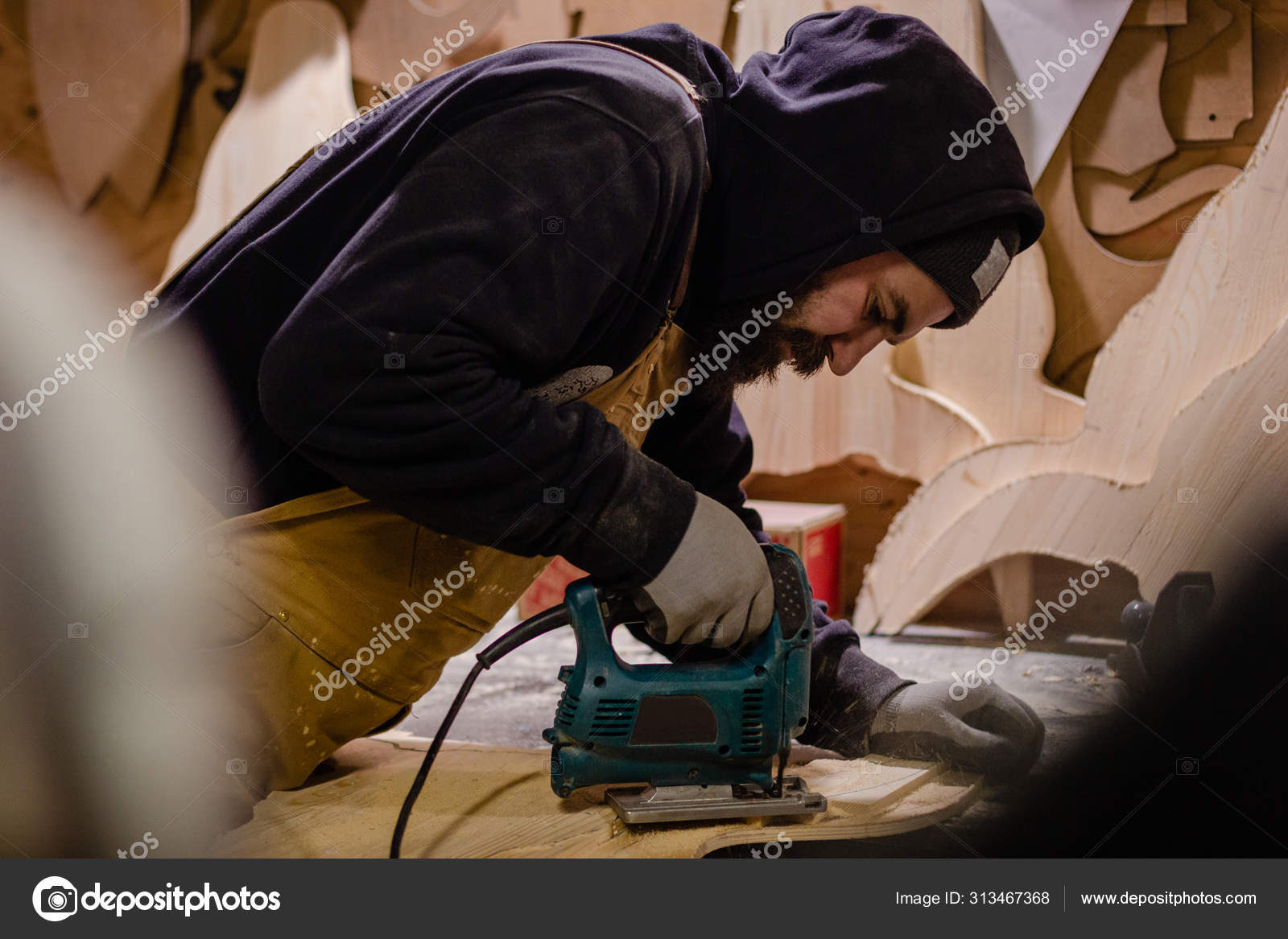In the dynamic world of industrial manufacturing, efficiency and precision are paramount. As technology continues to evolve, UV curing systems have emerged as a game-changer, revolutionizing various industrial processes. This blog aims to shed light on the brilliance of UV Curing Systems, exploring their applications, advantages, and the transformative impact they have on different industries.
What is UV Curing?
UV curing is a process that utilizes ultraviolet (UV) light to instantly cure or dry coatings, inks, adhesives, and other materials. UV curing systems consist of a UV light source, a power supply, and a curing chamber. These systems emit UV radiation that triggers a photochemical reaction in the materials, leading to rapid curing.
Applications of UV Curing Systems:
- Printing Industry: UV curing has become a cornerstone in the printing industry. UV-cured inks dry almost instantly, allowing for faster production speeds and improved print quality. This technology is widely used in digital, flexographic, and offset printing.
- Wood and Furniture Finishing: UV curing systems offer a superior alternative to traditional solvent-based finishes in the woodworking industry. The instant curing process enhances productivity, reduces energy consumption, and produces a high-quality, durable finish.
- Electronics Manufacturing: UV curing is essential in the production of electronic devices. It is used to cure adhesives and coatings on electronic components, ensuring rapid and reliable assembly processes.
- Automotive Industry: Automotive manufacturers benefit from UV curing systems for the efficient curing of coatings on various parts, including dashboards, trims, and interior components. The quick curing time leads to increased production throughput.
- Medical Device Manufacturing: UV curing is widely employed in the production of medical devices. It ensures the quick and reliable bonding of components, meeting stringent quality and regulatory standards.
Advantages of UV Curing Systems:
- Speed and Efficiency: One of the primary advantages of UV curing is its rapid curing time. The instantaneous curing process significantly reduces production time, leading to higher throughput and efficiency.
- Energy Efficiency: UV curing systems are energy-efficient compared to traditional curing methods. The absence of solvents and the quick curing process contribute to lower energy consumption and reduced environmental impact.
- High-Quality Finishes: UV-cured materials exhibit excellent hardness, chemical resistance, and color retention. This ensures the production of high-quality finished products with superior performance characteristics.
- Reduced Volatile Organic Compounds (VOCs): UV curing eliminates the need for solvents, reducing VOC emissions. This aligns with environmental regulations and promotes a safer working environment.
- Versatility: UV curing can be applied to various materials, including plastics, metals, glass, and ceramics. This versatility makes it suitable for a wide range of industries and applications.
Conclusion:
UV curing systems have truly transformed the landscape of industrial processes, providing a faster, more efficient, and environmentally friendly alternative to traditional curing methods. As technology continues to advance, the adoption of UV curing is likely to grow, further enhancing manufacturing capabilities across diverse industries. The brilliance of UV curing lies in its ability to bring about positive change, shaping the future of industrial production.




